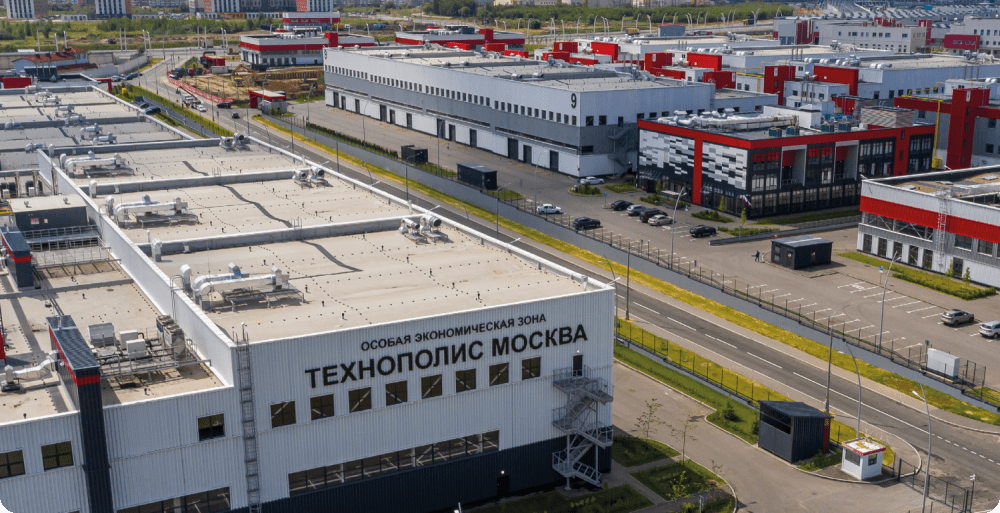Role of SEZs in the economy
SEZs in the world
Russia takes a centralized approach to the establishment and management of special economic zones. Federal Law No. 116‑FZ clearly defined four types of SEZs:
- industrial-production,
- tourist-recreational,
- port and technology & innovation zones.
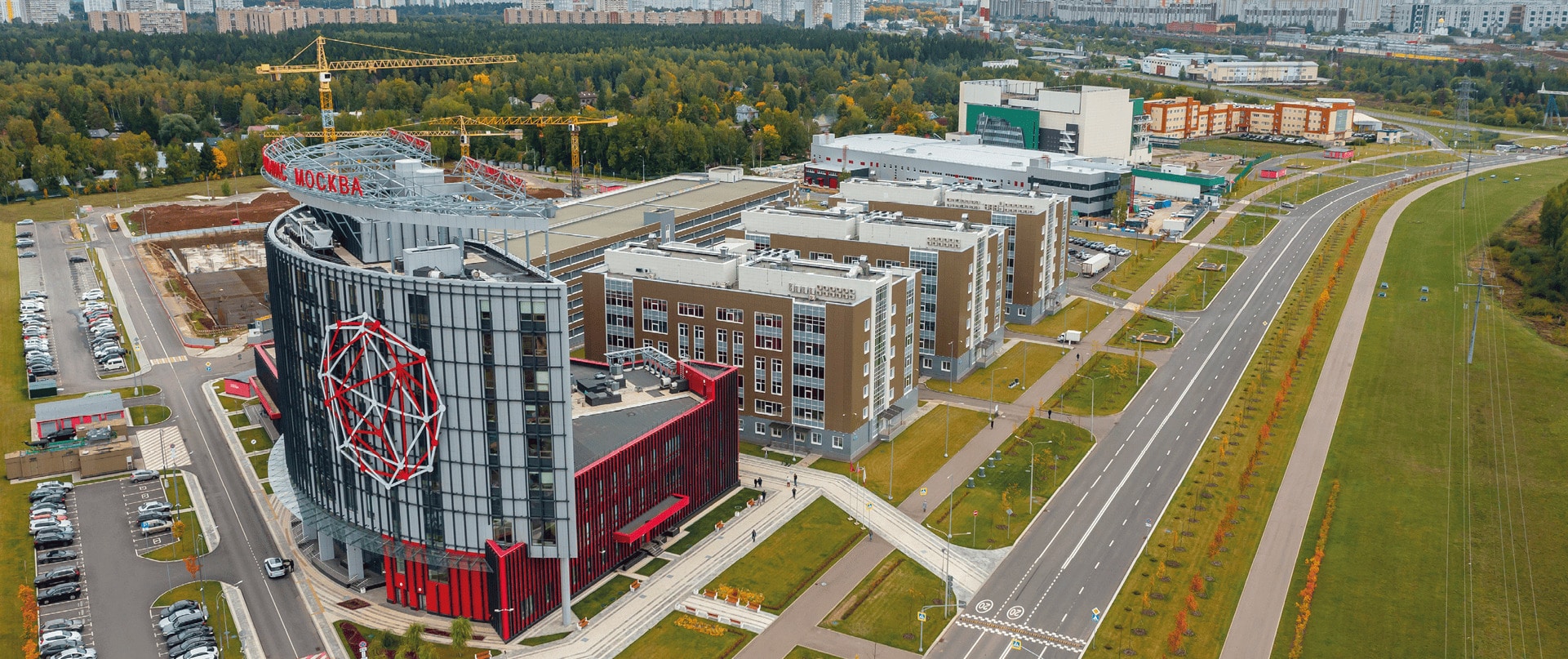
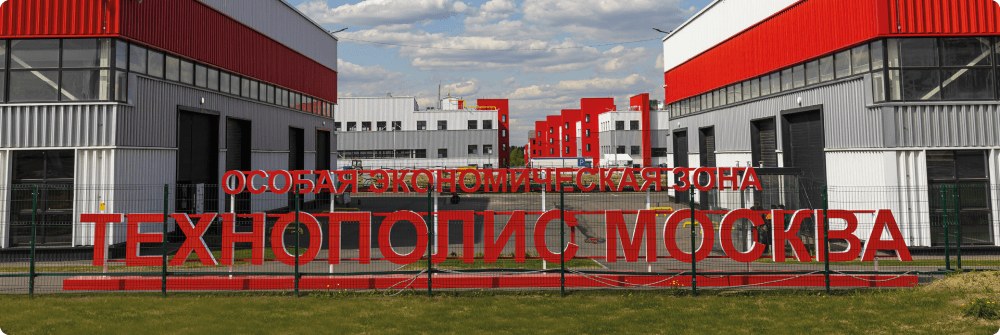
SEZs in RussiaSource: Report on findings from the operation of special economic zones in 2024 and since their inception.
Svyatoslav Sorokin Deputy Minister of Economic Development of Russia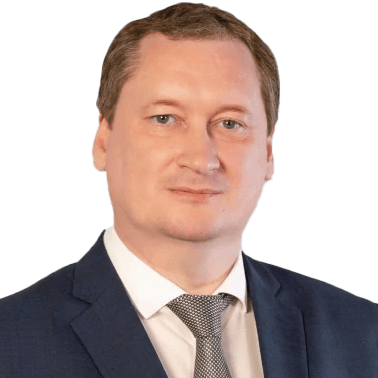 Special economic zones continue to be a highly effective tool of state support for investors. In 2024, project investments of residents exceeded RUB 1.2 trillion, which is twice as much as a year earlier. This resulted in the creation of over 25,000 new jobs, up 40% year-on-year. These figures demonstrate the success of businesses operating within SEZ frameworks, which benefit from tax and customs preferences, pre-built infrastructure, administrative assistance, and reduced costs of connection to utilitities. These factors make SEZs growth points and boost its attractiveness for long-term investments.
Special economic zones continue to be a highly effective tool of state support for investors. In 2024, project investments of residents exceeded RUB 1.2 trillion, which is twice as much as a year earlier. This resulted in the creation of over 25,000 new jobs, up 40% year-on-year. These figures demonstrate the success of businesses operating within SEZ frameworks, which benefit from tax and customs preferences, pre-built infrastructure, administrative assistance, and reduced costs of connection to utilitities. These factors make SEZs growth points and boost its attractiveness for long-term investments.
Functions of SEZs in the economy
SEZ performance results in Russia cumulatively as of year-end 2024Report on findings from the operation of special economic zones in 2024 and since their inception by the Ministry of Economic Development of Russia.
Economic effect of SEZs in Russia cumulated as of September 30, 2024 Source: Special Economic Zones. Presentation of the Department of Regional Development of the Ministry of Economic Development of Russia.
Contribution of SEZs to Russia’s GDP in 2023
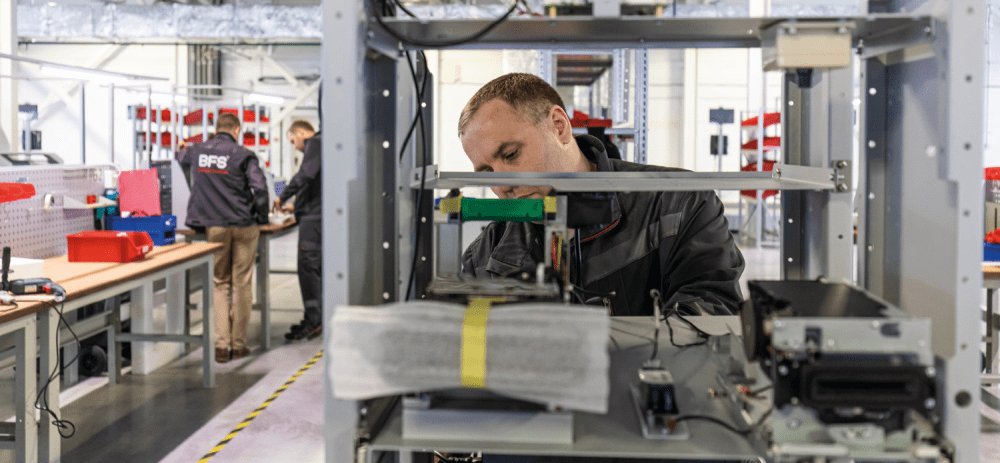
Features of technology and innovation SEZs in Russia
-
Area does not exceed 6 km 2 . -
No housing facilities shall be permitted. -
Both a commercial organization and an individual entrepreneur can be recognized as a resident. -
Permitted type of resident’s activity: industrial‑production, technology and innovation or logistics.
